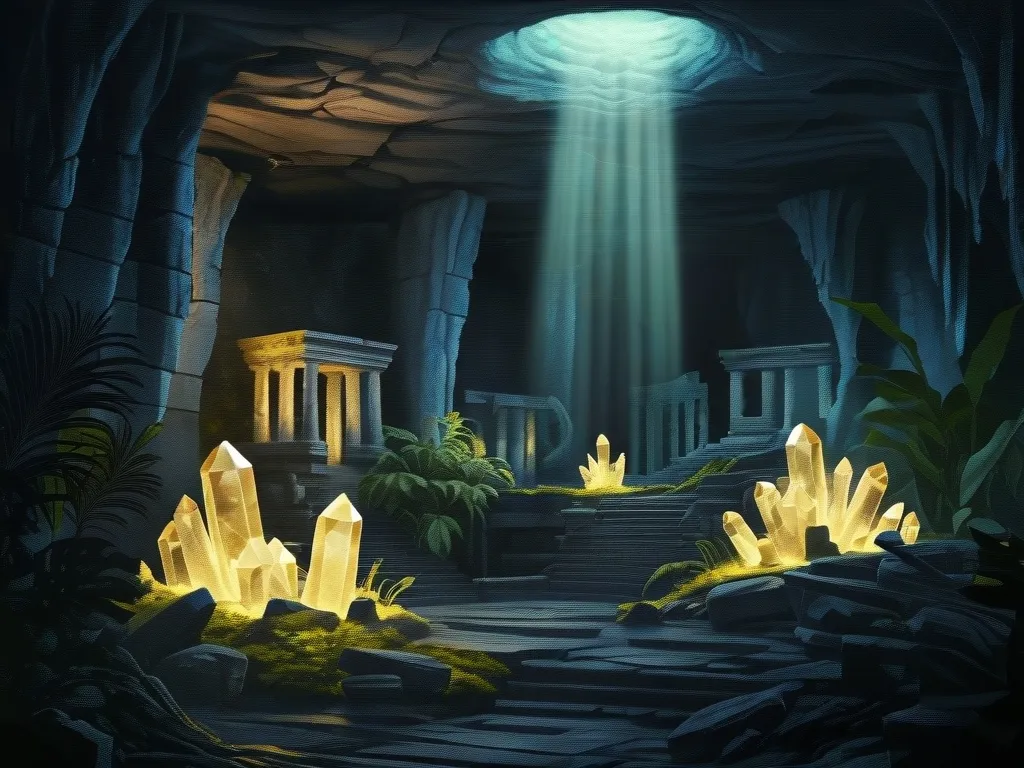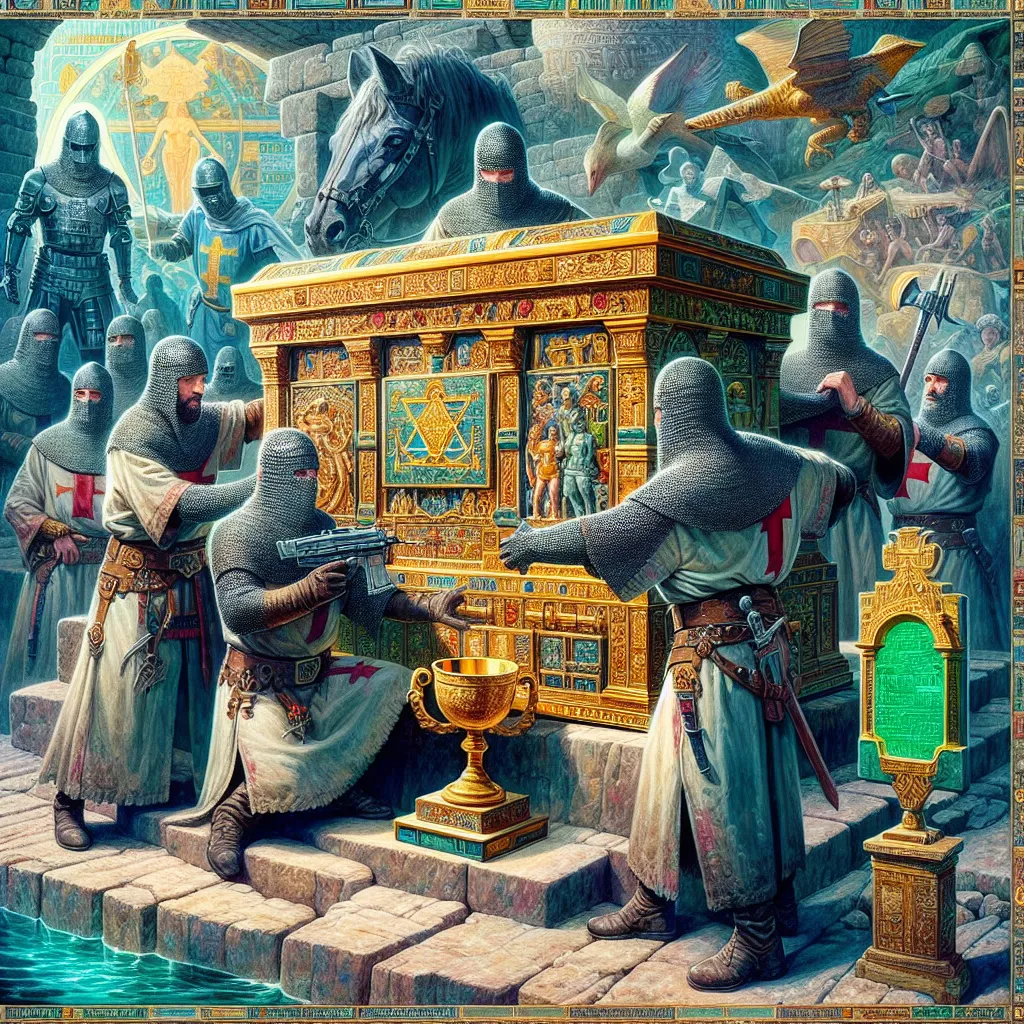Imagine waking up one morning and noticing things around you aren’t quite the same. Maybe the furniture is a bit out of place, your favorite coffee mug has a crack you don’t remember, and your coffee maker, which was black yesterday, is now chrome. You start to question your sanity, but as you ponder, a strange tingling sensation hits you, accompanied by a buzzing in your ears. A flash of light, and then the buzzing stops. Dizzy, you look around and suddenly everything is back to normal. Was it a dream? Your imagination? Or maybe, just maybe, you slipped through the multiverse, experiencing life in a parallel reality for a fleeting moment.
There are countless stories of people experiencing such strange occurrences. One incident happened to a man at Tokyo airport. He presented a passport from a country that didn’t exist. The documents were genuine, but the country that issued them was nowhere to be found on any map.
Quantum mechanics, often sounding more like science fiction, provides some theoretical backing to these bizarre tales. It’s known that at the quantum level, particles can exist in multiple positions simultaneously—a concept infamously perplexing, even for renowned physicists like John Wheeler. This gives rise to the Many Worlds Theory, suggesting infinite universes where endless versions of you exist. It wasn’t until 2014 that scientists proposed that these parallel universes might actually interact, leading to theories explaining unexplained phenomena.
Take the case of Lorena Garcia. She woke up to find herself in a life slightly different from the one she remembered. Things at work were off—she was relegated to a different department, had an unfamiliar boss, and her ex-boyfriend, whom she had broken up with months ago, was unexpectedly present.
The multiverse theory gained even more traction from strange historical accounts. In 1851, a man named Joseph Warren was found in Frankfurt, claiming to be from a non-existent country called Laxaria. Authorities were puzzled when he pointed out familiar continents but with foreign names. Another in 1905 had a similar experience; a man in Paris, speaking an unknown language, claimed he was from “Lisbiya,” a place nobody had ever heard of.
But the story that stands out most is that of the Man from Taured. This tale originated from Tokyo in 1954. A businessman presented a passport from Taured, a country unknown to airport officials. His documents were authentic, and his passport was stamped with entries from various countries. He pointed to the location of Taured on a map, showing the region between France and Spain. However, it conflicted with the known boundaries of Andorra. Despite his frustration and insistence that he was from a thousand-year-old kingdom, there was no evidence of Taured.
He was detained at a hotel near the airport, guarded through the night. By morning, he had vanished without a trace. His room was untouched, and all his documents held in a secure facility had disappeared. The mystery deepened, leading many to theorize that he had simply slipped back into his parallel universe.
The idea of parallel universes has shifted from being a staple of late-night TV entertainment to a serious consideration in cosmology. Theory and anecdotal evidence continue to suggest that these alternative realities might be more than just a figment of imagination.
Of course, the most straightforward explanation could be that tales like the Man from Taured are just urban legends. Yet, they endure because their core is intriguing—a combination of quantum theory, historical mysteries, and the allure of the unknown. Whether it’s an elaborate hoax or a glimpse into another universe, such stories capture our fascination and fuel endless speculation.
Next time you wake up and things seem a bit off, who knows? Maybe you’re just experiencing a brief crossover into another reality. And if you are, perhaps your other self is having an equally challenging day, trying to convince others of the existence of a place that doesn’t exist in your world.






